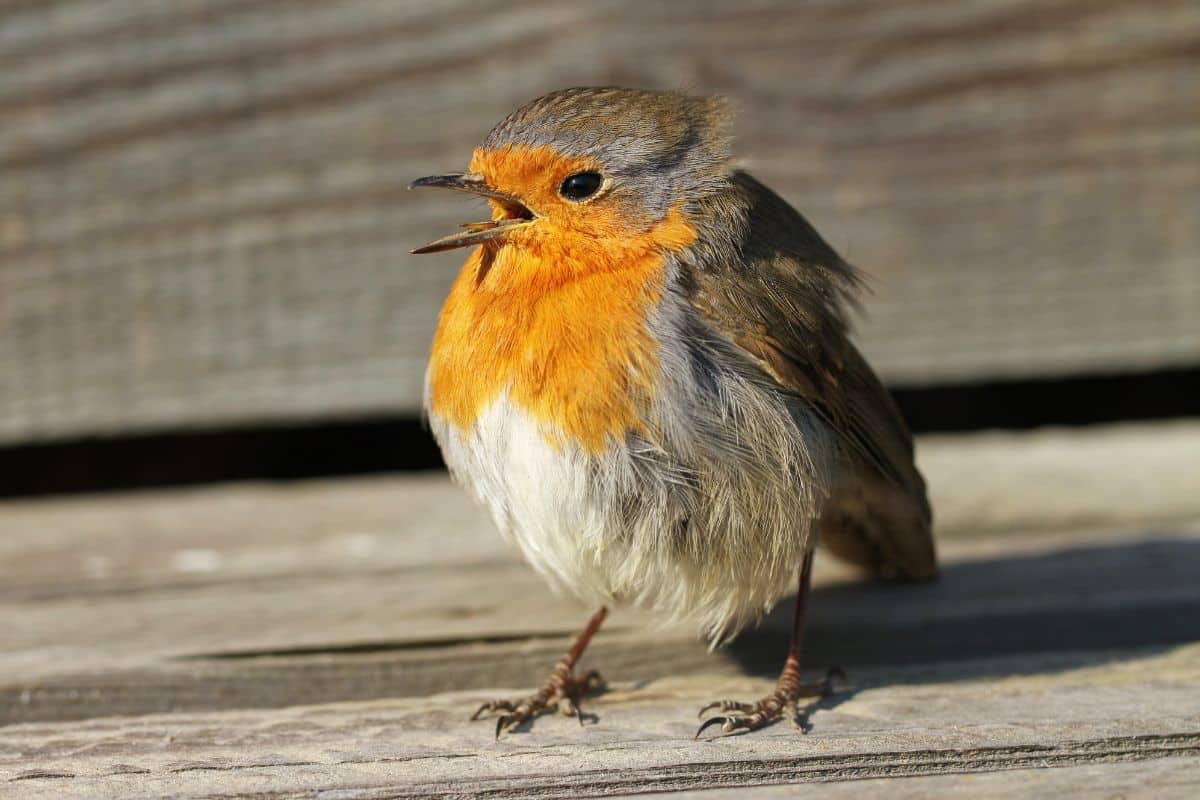Most bird enthusiasts know that different birds have different beaks, feathers, and songs. But did you know that some birds also have very different-looking tongues? In fact, the shape and size of a bird’s tongue are often directly related to its diet. Here are some interesting facts about bird tongues that you may not have known.

Contents
Do Birds Have Tongues?
As we know, there are many different species of birds in the world, each with its own unique adaptations for surviving in different environments. Perhaps one of the most distinct and striking is the variety of tongues that birds have. Depending on the species, these tongues can be long and slender or short and stout, equipped for either capturing prey or sipping nectar from flowers.
Sticky Tongues
Some of the most unusual types of tongues we see in birds are long and slender, designed for probing into dark crevices to hunt down small insects. These tongues can extend far beyond a bird’s beak to grab prey. A well-known example of these birds is the woodpecker, with long, thin bills and sticky tongues perfect for acquiring their preferred food source, such as wood-boring insects. As a result, they thrive in areas where insects make up a significant part of their diet.
Nectarine Tongues

Hummingbirds also have long, slender tongues, but these are not used for hunting. Instead, the length and flexibility of their tongues allow them to reach into the depths of flowers to pump up their favorite food, nectar. The frayed structure at the tip of their tongue enables them to drink nectar rapidly, which is necessary to fuel their high-energy lifestyle.
Grooved Tongues
In contrast to these long, slender tongues are the large, fleshy tongues of birds of prey. These tongues have a rough texture with backward-facing barbs, which help prevent the game from slipping out. These birds use their tongues to grasp and tear apart their food, typically much larger than anything the woodpecker or hummingbird could eat.
Muscular Tongues
On the other hand, some birds have shorter, flexible tongues that allow them to feed on different types of fruit, grains, and seeds. Chickens, some songbirds, and parrots fall into this category, with their stubby bills suited more for eating seeds than grabbing tiny flying insects. These tongues can move quickly and possess a hardened tip at the end, allowing these birds to pick up and hold on to seeds on the fly.
Piston Tongues

Flamingos and ducks have yet another type of tongue that’s long and tubular-shaped. This structure allows them to sift through mud and water to filter out tiny organisms on which to feed. As a result, the flamingo’s diet consists mainly of algae, insects, and microscopic crustaceans, which can be found in abundance in their wetland habitats.
Conclusion
While these adaptations seem pretty different at first glance, they share a common purpose: allowing birds to thrive in their natural ecosystems by ensuring their diets reflect what’s available in their habitat. Whether fluttering between flowers for nectar or diving into the water for fish, these clever creatures clearly know how to get what they want with their specialized tongues!
